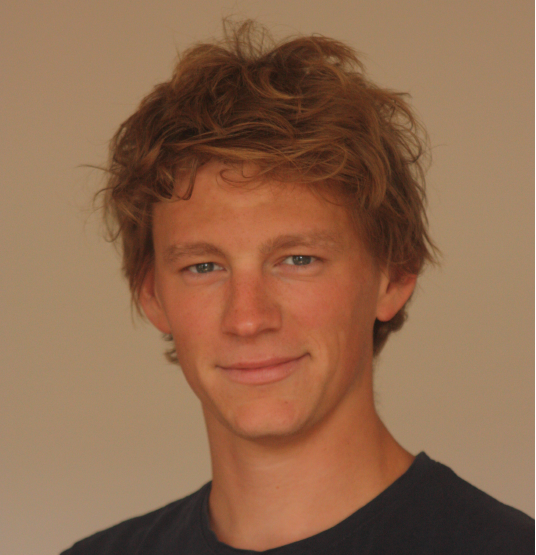Integration of Multi-Omics Data with Graph Convolutional Networks Identifies New Cancer Genes and their Associated Molecular Mechanisms.
We predicted cancer genes by integrating several molecular data types such as mutation rates (single nucleotide variants and copy number changes), DNA methylation, gene expression and protein-protein interaction data. To successfully integrate these data types, we made use of graph convolutional networks and use gradient-based a posteriori feature interpretation methods to disentangle the molecular alterations of our classifications.
Cancer, Data Integration, Graph Convolutional Networks, Interpretable Machine Learning
